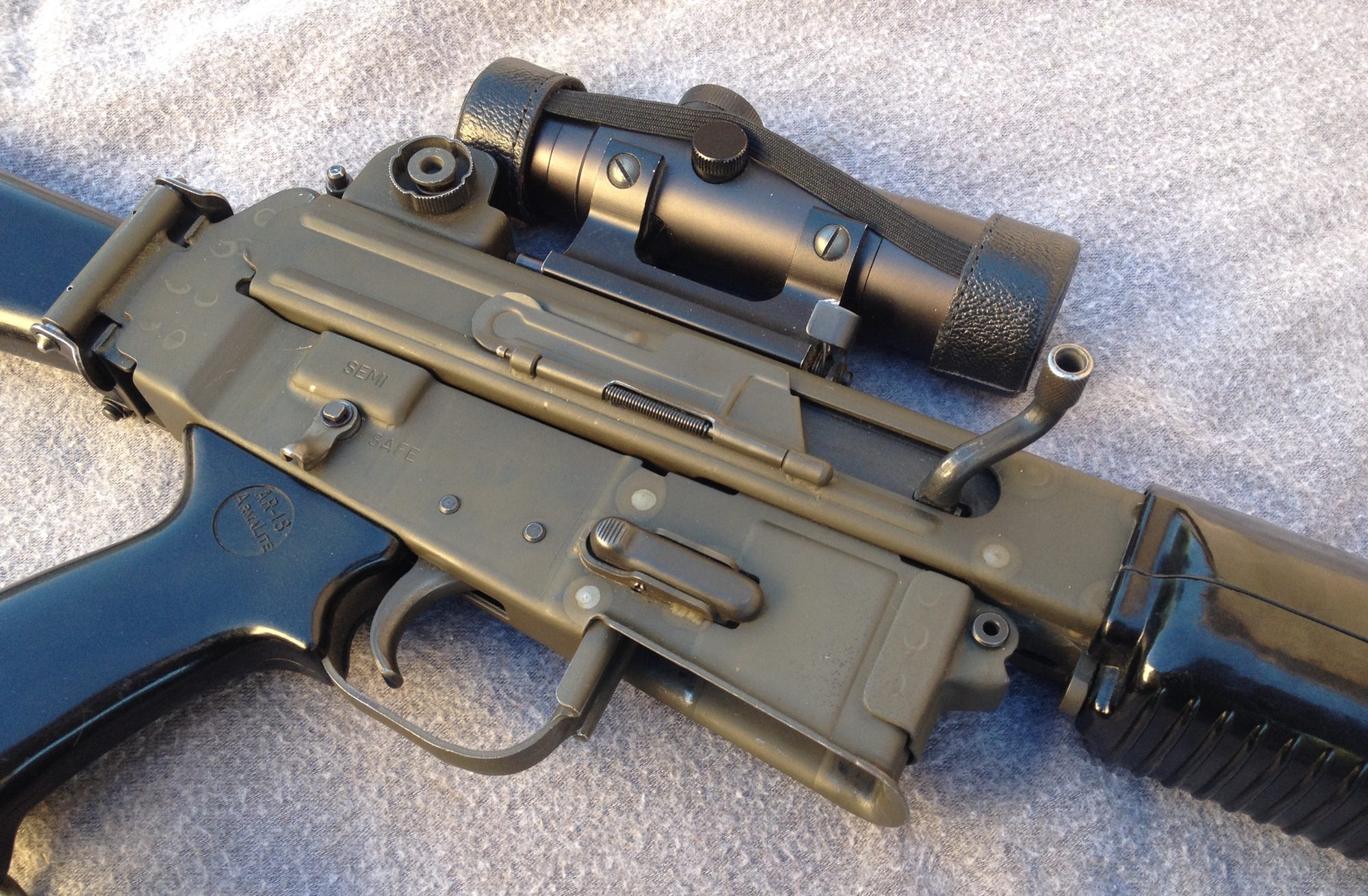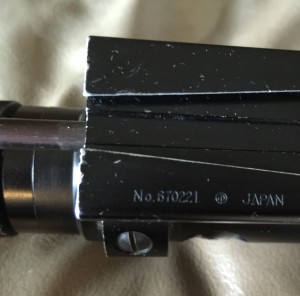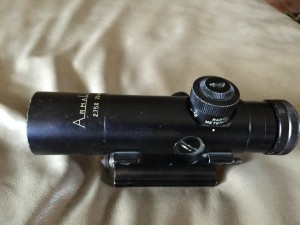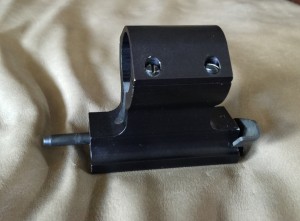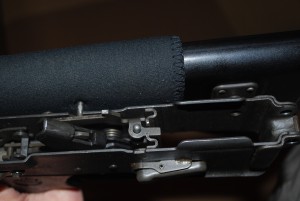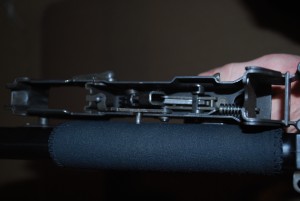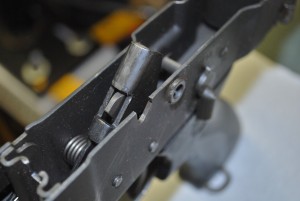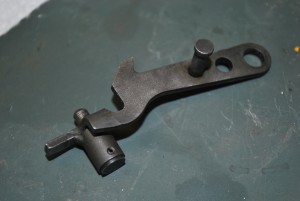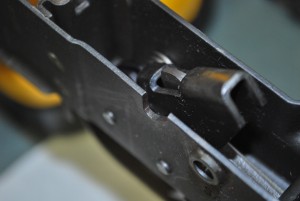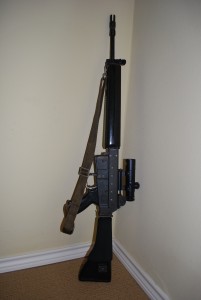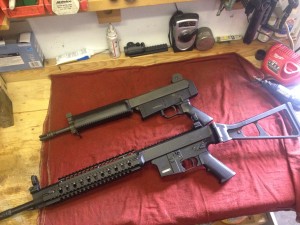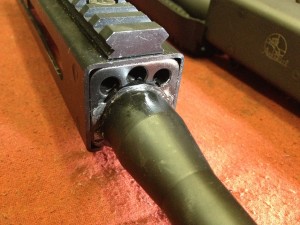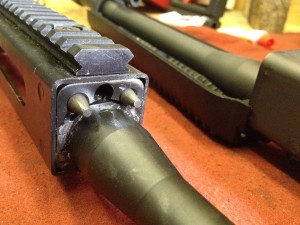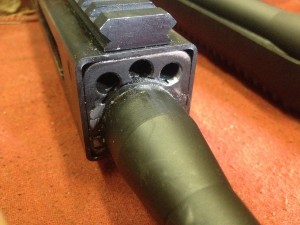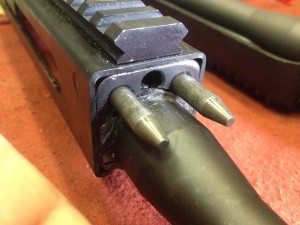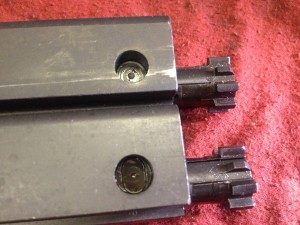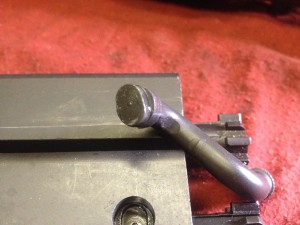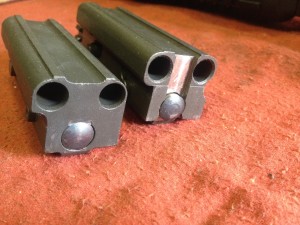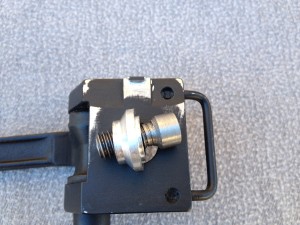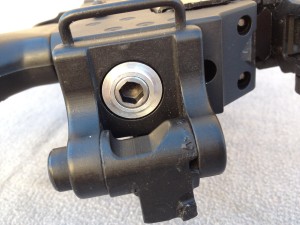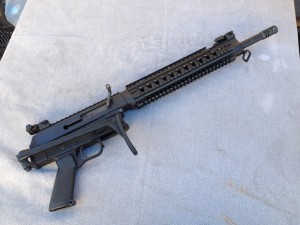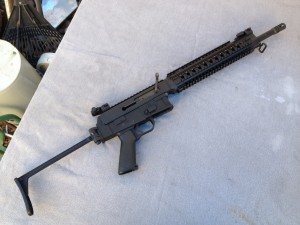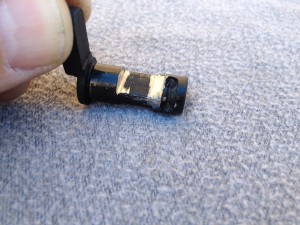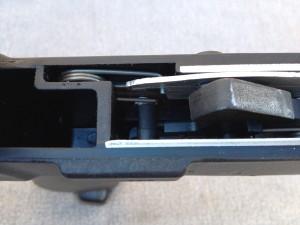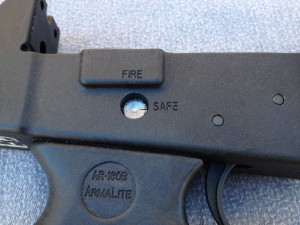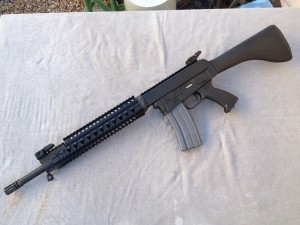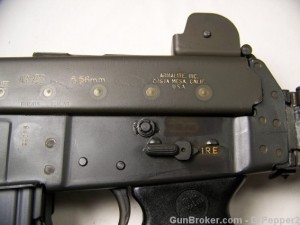The first generation AR-180 scopes are easy to identify if you know how.
They are marked in meters.
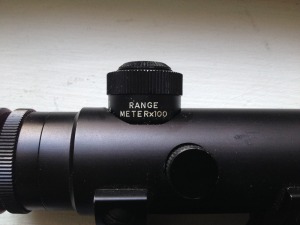
The reticle is of the inverted post style.
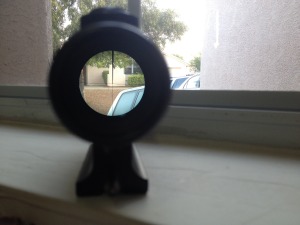
The practical uses of this style reticle is mentioned in the manual.
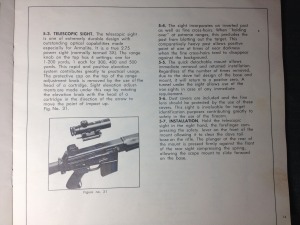
To quote from the manual. “The sight incorporates an inverted post as well as fine cross-hairs. When “holding over” at extreme ranges, this precludes the post from blotting out the target.”
The final distinguishing mark that this scope features is a serial number on the bottom of the base. These will all start with 67 followed by four digits.
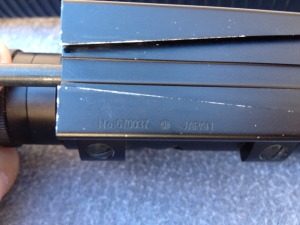
My good friend and AR-180 mentor, Rich, has collected all the scope serial numbers he has come across over the years and has found none that are higher than 671000. He has further deduced that these were originally produced for the first 1000 Howa rifles.
Armalite never wanted to go into production and make guns as much as they wanted to design them and then license the rights to others to actually produce.
The fact that they had Howa Machinery produce the rifle is documented in the January 31, 1966 issue of U.S. News and World Report. One small paragraph under the heading “Rifles for Asia” reads.
“Armalite, Inc. the Costa Mesa, Calif., firm that took over the former Fairchild gun division, has developed a new combat rifle, the AR18. This model is to be produced by Japan’s Howa Machinery, Ltd., under a provisional agreement. It would be the first mass production of this rifle, with the Japanese expecting to export some units to such Southeast Asia customers as Thailand and the Philippines.”
Original article found here
After Howa produced the first 1000 rifles but before they could ship, Japan became neutral and would not ship any guns to nations that were in active conflicts.
“Adopted in 1967, the three principles originally prohibited arms sales to Communist nations, countries under United Nations sanctions and countries in armed conflict, but it eventually grew into a blanket ban on all weapons exports.”
From NY Times article.
Early Howa AR-180’s are known to have been converted from AR-18’s so this is the series of events as I have come to understand them.
Howa produced 1000 AR-18 rifles in 1967. They were complete with serial numbered scopes and flash hiders. The Japanese government changed policy and they were not allowed to export them. The Costa Mesa plant was forced to ramp up production and in order to offer scopes as add on accessories, they imported the scopes from Howa as these were not under any sanctions. These scopes were offered up, in plain cardboard boxes, to any who ordered them with no thought given to matching the serial numbers.
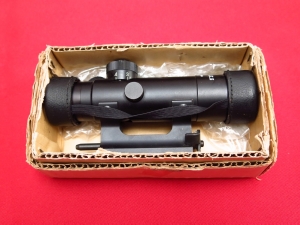
Picture found via Google Image Search
In conclusion, this makes for a pretty firm number of these early scopes not counting losses over the years. Less than 1000. Identifying and distinguishing them from the later scopes is pretty straight forward, marked in meters, inverted post reticle, and a serial number starting in 67.
Good hunting and please let me know if you have any pictures of original scope boxes you would like to share.
Please note I have manually added a few email addresses to my subscriber list, let me know if this is a problem and I will gladly remove them.
